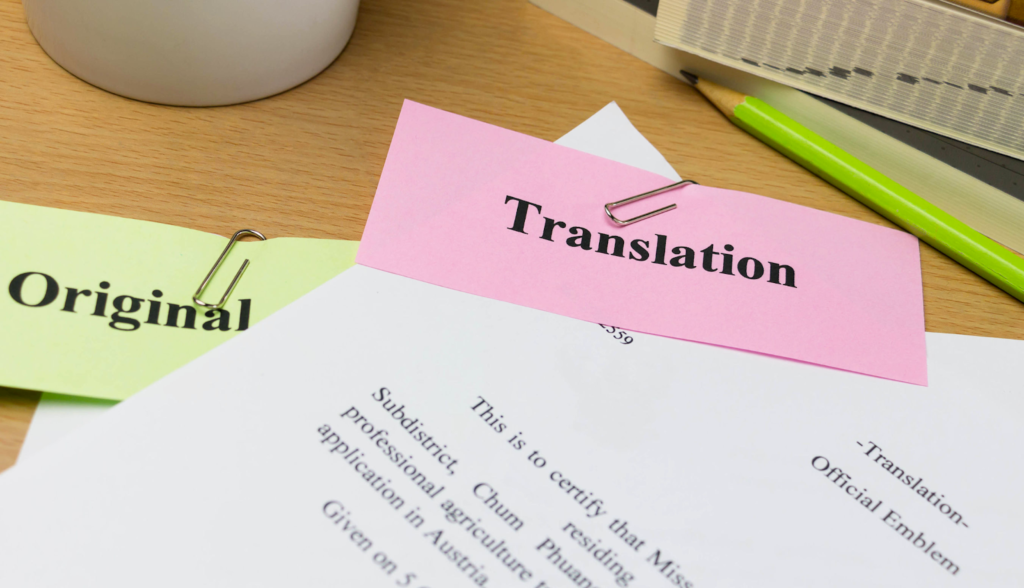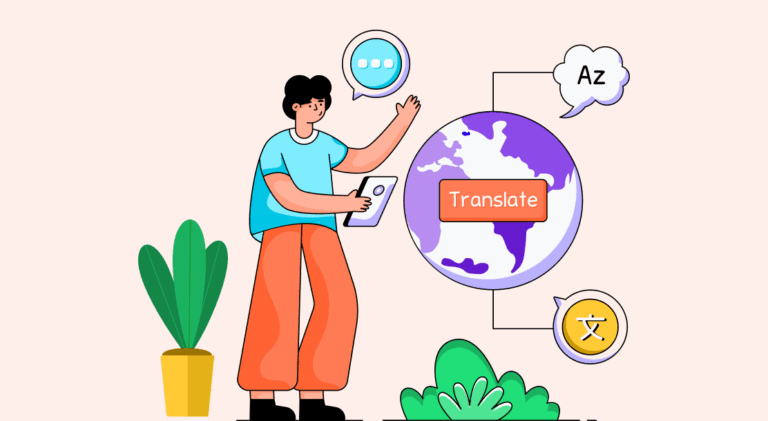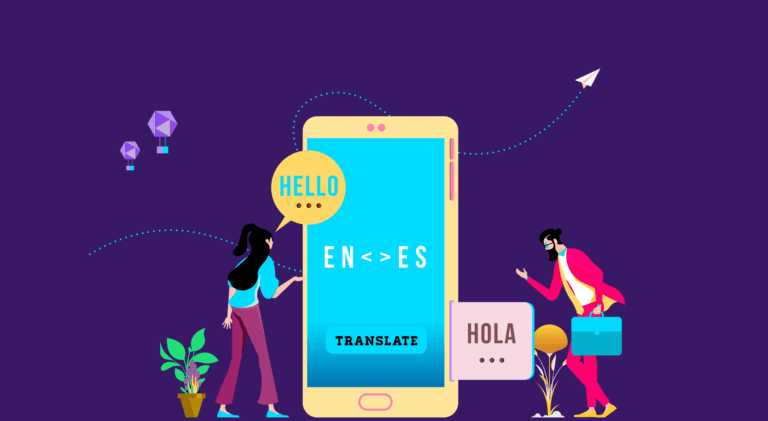10 Effective Tips for Maintaining High-Quality Translation

Do you find it hard to translate content from one language to another? Well, translating content sure isn’t a piece of cake. The use case scenario of content translation is when a brand caters to audiences in multiple languages and wants to communicate with them, and, that is where translation comes into place. If you want to ace at being a great translator, simply follow these tips to maintain high-quality translation.
10 Tips for Maintaining Quality Translation

Here are 10 tips for maintaining high-quality translation:
1. Have high-quality source texts
The better the root of the plant, the healthier it would grow. Similarly, if the source text is high-quality, you can expect high-quality translations as well.
2. Have detailed briefs
Asking for detailed briefs would help you with clarity, enhancing the quality of your translation. The client and the translator could both benefit from it. Questions to talk about during the brief include:
- How will the translation be used?
- Who is the target audience?
Understanding how the translated text will be used and who it is intended for will give you context about the purpose behind the translation, which would be helpful when you begin your translation journey. So, ensure you’re focusing on understanding these two things
3. Understand your target audience
We cater to a specific audience, which is referred to as the target audience. It is one of the most important things to keep in mind as it helps you understand things like who you are translating for, where do they live, their age, their gender, and a lot more.
So, the more you understand your target audience, the better will you be able to translate the source text.
4. Consider localizing your translations
Since we know about our target audience, we know where they live. Therefore, we can utilize locally used terms. This would make it easier to read. The source text might not always be relatable to the reader but translation is what helps do it.
Localization is where we understand the culture and the dialect and adapt to it through our text. This helps not just make the content more relatable but also more enjoyable for the reader.
5. Prefer the steady approach
We can approach translation either in a rush way or a steady way.
The rush way is where you rush into your tasks which can spike your chances of missing out on crucial points. With this approach, you put your translation quality at stake. Whereas, with the steady way, you move ahead at a stable pace where the results are more promising.
6. Stay consistent with the brand tone and voice
The tone and voice of the translations will decide how your audience will perceive you as a brand, and the likeability of your content will also depend on it. Examples of a brand’s tone and voice would be formal, informal, semi-formal, friendly, etc.
7. Choose active voice over passive voice
Passive voice is used for scientific writings, whereas active voice is used more for non-scientific writings. A simple example would be:
- Passive voice: The pillow covers were changed by Alan
- Active voice: Alan changed the pillow covers
You choose a conversational tone with active voice, which creates an impact.
8. Translation glossary for key terms (rephrase)
We wouldn’t want to be called by different names throughout our lives, would we? Similarly, while translation, addressing a concept with a single term throughout makes a lot of sense and helps maintain consistency.
This is exactly where a glossary comes in place. It acts as a base for high-quality translations and abides by the brand’s voice and tone.

9. Be as concise as possible
Would you rather learn something in two paragraphs or learn the same thing in half a paragraph? We’re certain that you chose the latter.
Similarly, translate content in a concise manner i.e. where more is said in fewer words. This would play a massive role in improving the reader’s experience.
And, not to forget, if your reader is benefiting from it, then so will your business. Mainly because people love things which make their lives easier. And, that’s exactly what sells. Making your content concise would simplify your audience to read, understand, and grasp it.
10. Use tools to improve grammar
Bad grammar is a big turn-off for us, isn’t it? Well, it is for our readers as well. One of the big downsides of bad grammar is that it might lead to double-meaning texts, which can confuse the readers. It results in reducing the translation quality. And, it sure isn’t something you would want.
There is a wide range of tools available on the internet for various languages, and you sure won’t regret using them.

Conclusion
Maybe not earlier, but with these tips, you now can make high-quality translations of your piece of cake. In addition, you can also take advantage of various AI tools to help you translate quicker and better and even use website content writing services.
FAQs
We can improve the quality of translations by:
– localizing them
– having good grammar
– writing in an active voice
– having a glossary
– understanding the brand voice and tone
– being concise
– staying consistent with the brand’s voice and tone
– preferring the steady approach
– having detailed briefs
– high source quality texts
The better the source text is, the more accurate the translation will be. Along with that, have using tools for good grammar and spelling also helps.
We can improve localization quality by understanding the local culture and terminology and using it during translation.
You can try out AI writing tools like Peppertype.ai to get high-quality and well-written articles.
Latest Blogs
Explore how Google’s 2025 AI search updates triggered ranking chaos. Learn actionable strategies to adapt your SEO for AI Overviews, zero-click searches, and SERP volatility. Stay ahead now.
Learn how to rank on AI search engines like ChatGPT, Perplexity, and Gemini by optimizing your content for authority, structure, and relevance. Stay ahead in AI-driven search with this strategic guide.
Explore the best healthcare SEO services for your medical practice. Improve online visibility and effectively reach more patients in need of your services.
Get your hands on the latest news!
Similar Posts

Translation
5 mins read
All You Need to Know About Language Translation and Terminology Management

Translation
5 mins read
6 Reasons to Translate Content into German

Translation
5 mins read